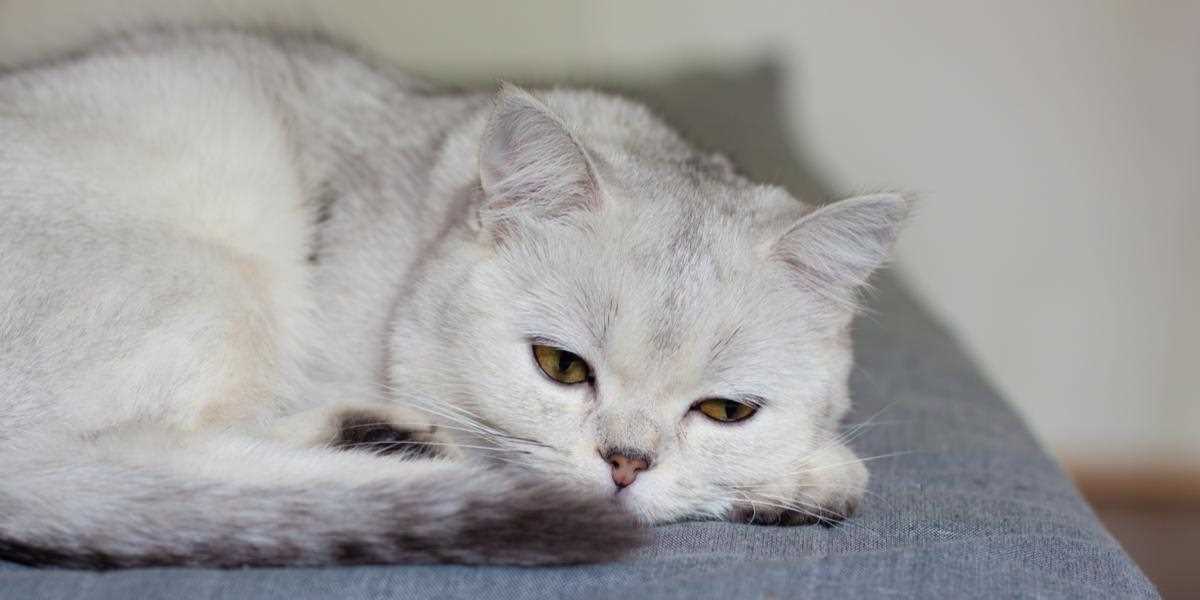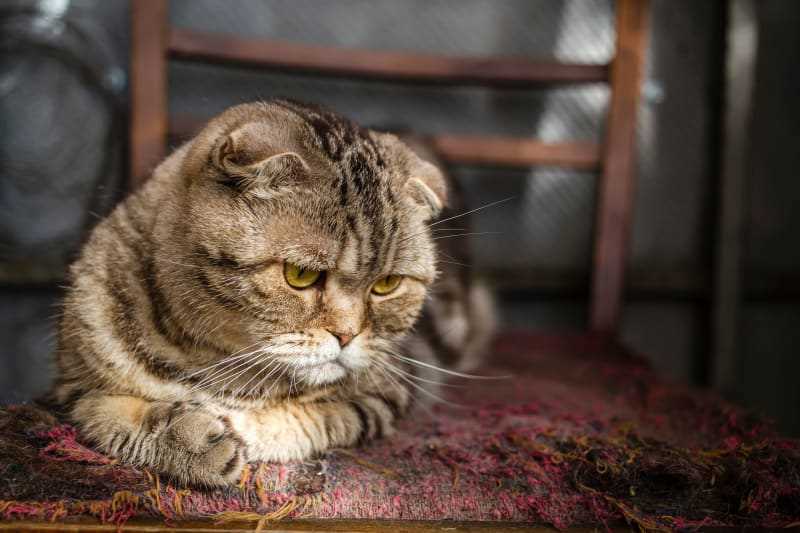



If you’re observing an unusual shift in my appetite and energy levels, it’s essential to consider a few key factors that might be influencing my health. First and foremost, ensure that my food is fresh and appealing. Sometimes, a simple change in flavor or texture can reignite my interest in meals.
Additionally, stress or environmental changes can significantly impact my well-being. If there have been recent alterations in the home, such as new pets or changes in routine, these might contribute to my disinterest in food and lower activity. Creating a calm and stable environment can often help me feel more secure.
Don’t overlook the possibility of underlying health issues. If my behavior persists, consulting with a veterinarian is crucial. They can provide insights into potential medical concerns that may require attention. Remember, a quick check-up can make all the difference in restoring my appetite and enthusiasm for play.
Common Medical Conditions Causing Loss of Appetite
I’ve seen several reasons behind a lack of interest in food that can stem from various medical issues. One prevalent problem is dental disease. It can lead to pain and discomfort while chewing, causing reluctance to eat. Regular check-ups can help catch these issues early.
Another condition to be aware of is gastrointestinal disorders. These can manifest as nausea or upset stomach, making meals unappealing. Symptoms like vomiting or diarrhea often accompany these ailments, so monitoring for any changes is essential.
Kidney Disease
Kidney disease is common in older companions. It can cause excessive thirst and urination, leading to a decrease in appetite. Blood tests can provide insights into kidney function, so regular vet visits are important.
Infections and Illness
Infections or systemic illnesses can also result in a sudden drop in interest in food. Symptoms may include fever, lethargy, or noticeable changes in behavior. Seeking veterinary advice swiftly can help identify the underlying cause and initiate treatment.
Signs of Dehydration in Felines and What to Do
Check for dry gums; they should feel moist. If they’re sticky or rough, hydration levels may be low. Another indicator is skin elasticity; gently pinch the skin on the back of the neck. If it doesn’t snap back quickly, it signals dehydration.
Observe the eyes. Sunken or dull-looking eyes can indicate a lack of fluids. Additionally, monitor urine output; infrequent urination or concentrated urine can be red flags. A decrease in energy levels or unusual behavior also suggests that hydration is insufficient.
If any signs of dehydration are evident, offer fresh water immediately. Consider wet food options; it can help increase fluid intake. If your companion refuses to drink or shows severe symptoms, seek veterinary assistance without delay.
During warmer months or after physical activity, keep an eye on hydration, as increased water intake is crucial. Always provide access to clean, fresh water to encourage drinking habits.
Behavioral Factors That May Affect Your Feline’s Eating Habits
Changes in environment can lead to a decrease in appetite. A new home, rearranged furniture, or unfamiliar scents can make mealtime less appealing. Keeping a consistent feeding area can help ease anxiety.
Stress is a significant factor. Loud noises, new pets, or changes in routine may create unease. Creating a quiet, safe space for meals can encourage a return to normal feeding habits.
Overfeeding can lead to disinterest in meals. If portions are too large, your furry friend may skip meals. Adjust portion sizes based on activity levels and consult a vet for advice.
Social dynamics play a role too. Competition with other pets for food can deter eating. Feeding in separate areas can reduce tension and allow every pet to enjoy their meals peacefully.
Routine is crucial. Cats thrive on habits. Establishing a regular feeding schedule can help create a sense of security, making meals more enticing. Stick to specific times each day.
Lastly, boredom can affect appetite. Offering a variety of food textures and flavors can stimulate interest in meals. Rotate different types of food to keep things exciting and appealing.
Impact of Dietary Changes on Your Health
Switching up meals can lead to significant shifts in well-being. When new flavors or textures are introduced, some might hesitate to try their food, resulting in reduced intake. Gradual transitions over several days help in adjusting to different diets, allowing for better acceptance.
Highlighting specific ingredients is crucial. Cats are obligate carnivores; thus, protein sources should dominate their meals. If a formula lacks sufficient protein or contains excessive fillers, it may lead to disinterest in food. Always check the ingredient list to ensure quality nutrition.
Portion sizes can also affect appetite. Overfeeding or underfeeding leads to an imbalance. It’s essential to measure portions based on age, weight, and activity level. For those who tend to rush through meals, a slow feeder for cats can be beneficial, promoting a healthier eating pace.
New diets may cause digestive disturbances, manifesting as discomfort or changes in stool. Pay close attention to reactions following a diet change. If issues arise, reverting to the previous food and consulting a veterinarian is advisable for further evaluation.
Lastly, familiar environments play a role in meal enjoyment. Stressful surroundings or changes in routine can hinder consumption. Creating a calm, consistent space for dining can greatly enhance the overall experience and encourage regular feeding habits.
When to Consult a Veterinarian for Your Feline’s Symptoms
If there’s noticeable reluctance to consume food or a marked decrease in activity levels, seeking veterinary advice is paramount. Immediate consultation is advised if the following signs are present:
- Refusal to ingest food for more than 24 hours.
- Excessive drooling or unusual oral behavior.
- Continuous vomiting or diarrhea.
- Significant weight loss over a short period.
- Behavioral changes such as hiding or aggression.
- Difficulty breathing or persistent coughing.
- Signs of pain, such as vocalization or sensitivity to touch.
Additional Considerations
Pay attention to any environmental changes that might affect well-being. If a new diet has been introduced or there are changes in household dynamics, these factors may require discussion with a vet.
Regular wellness checks are beneficial. Maintaining open communication with a veterinarian ensures any underlying issues are identified early. Visit are gtech lawn mowers any good for more insights on ensuring a safe environment for your pet.
Home Remedies to Encourage Eating in Cats

Try warming up the food slightly. Heat enhances the aroma and may stimulate interest. A few seconds in the microwave can do wonders.
Offering a variety of textures can pique curiosity. Consider mixing dry kibble with wet food or serving a different flavor to see what catches attention.
Hydration Boost
Ensure access to fresh water at all times. Dehydration can lead to a refusal of meals. Adding water or broth to dry food can help increase fluid intake.
Enticing Treats

Use treats strategically. Small amounts of tuna or chicken can entice a response, making meals more appealing. Just ensure any treats are safe and appropriate.
| Remedy | Description |
|---|---|
| Warm Food | Increases aroma, encouraging interest. |
| Texture Variety | Combining different food types to spark curiosity. |
| Hydration | Adding water or broth to meals to increase fluid intake. |
| Enticing Treats | Using safe, appealing snacks to stimulate appetite. |
Creating a calm atmosphere during mealtime can also help. Reduce noise and distractions to make the eating environment more relaxing.
Understanding the Role of Stress in Your Cat’s Behavior
Pay attention to changes in the environment. New furniture, loud noises, or unfamiliar visitors can create anxiety. Minimizing disturbances helps in maintaining calm. Create a safe space with familiar items to provide comfort.
Monitor interactions with other pets. Tension between animals can lead to stress. Gradual introductions and supervised playtime can ease these frictions. Always ensure each furry friend has their own space.
Routine matters significantly. Cats thrive on predictability. Feeding at the same time daily, along with regular play sessions, contributes to a sense of security. Any sudden alterations can disrupt their mental state.
Consider the impact of health issues. Illness or pain can manifest as stress. Regular veterinary check-ups are essential for identifying underlying problems that might contribute to anxiety.
Assess diet as well. Low-quality food or sudden changes in nutrition can lead to distress. Maintaining a balanced diet with familiar flavors promotes a sense of normalcy.
Observe for signs of anxiety. Hiding, excessive grooming, or vocalizations can indicate stress levels. If these behaviors persist, seeking professional advice is advisable.
Lastly, engage in interactive play. Toys that stimulate hunting instincts can alleviate stress and encourage positive behavior. Regular playtime not only strengthens your bond but also combats feelings of unease.









